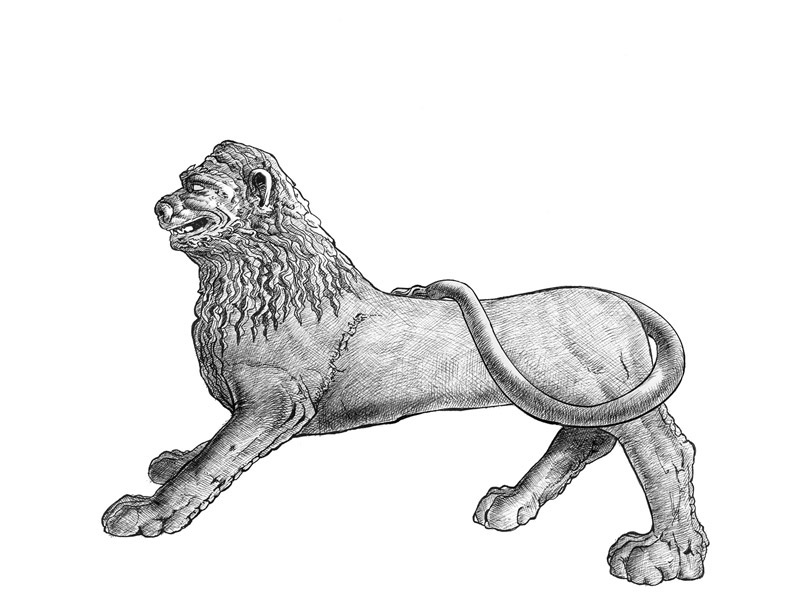
In this phase some elements of the statue were recasted and applied again on the body of the lion.
The absence of any sign of the wings suggests that the statue in this era was not winged.
On the side of the lion, traces of a tuft partially chiselled show that in this phase the tail ran along the body.
Some details are missing in the area of the head, probably because they were removed as they were no longer in line with the aesthetic and cultural ideals of the period.
According to historical sources, Tarsus has been an episcopal seat since the 4th century AD; it is therefore probable that the monument of a pagan deity was destroyed of which the lion-griffin remained and was then recasted.










